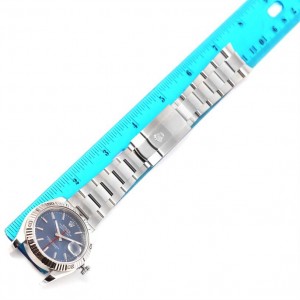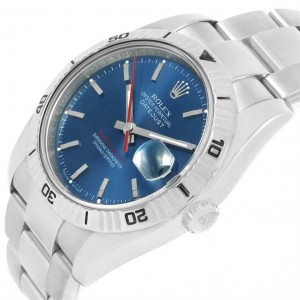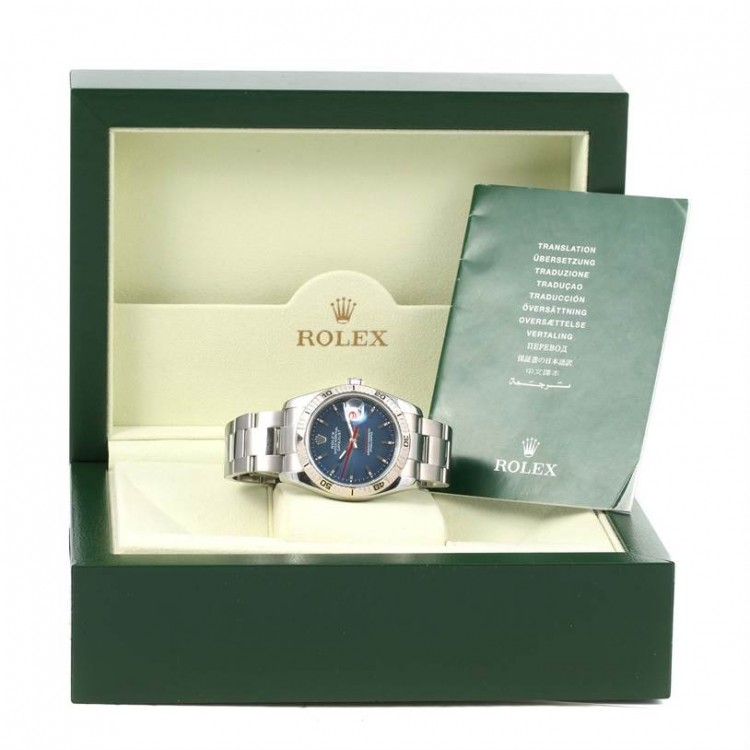
An Icon of Watch Luxury Of The Evolution of the Rolex Coronet
The Rolex coronet, a crown-shaped emblem synonymous with the luxury watch brand, not only epitomizes quality and opulence but also serves as a captivating element that has undergone subtle transformations over the years. Enthusiasts and collectors of Rolex watches meticulously scrutinize these variations in the coronet, as they often signify the era of a watch’s production or highlight rare and distinctive iterations of specific models. This article delves into the intricate evolution of the Rolex coronet across diverse models throughout history, illuminating its significance in the realm of horology.
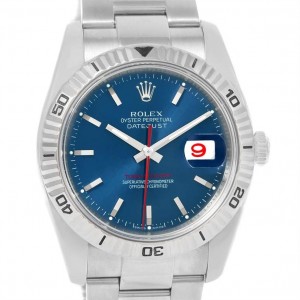
Rolex Submariner ref. 5508, produced 1957 – 1961
The incorporation of the coronet into Rolex’s designs commenced in the 1930s, almost a decade after the brand transitioned from Wilsdorf & Davis and subsequently trademarked the now-iconic Rolex crown logo in 1931. Initially unadorned and modest, the earliest renditions of the coronet reflected the brand’s humble origins. However, as Rolex watches garnered acclaim for their precision and sophistication, the coronet evolved, assuming a more refined demeanor that paralleled the company’s ascent.
By the 1950s, the coronet emblem adorned every Rolex dial prominently, symbolizing the brand’s steadfast dedication to a new epoch in watchmaking. During this era, variations in the size and style of the coronet emerged across models like the Rolex Oyster and Rolex Datejust, though these discrepancies were subtle, manifesting in slight alterations in spacing and the thickness of the coronet’s points.
Rolex 5513, produced 1962 – 1989
The 1960s witnessed a significant metamorphosis in the design of the Rolex coronet. Propelled by technological advancements in manufacturing and a heightened emphasis on brand identity, Rolex embarked on standardizing the coronet’s appearance across its models. The crown’s points became more defined and symmetrical, while its overall profile underwent subtle refinement to seamlessly integrate with the watch face.
Throughout the ensuing decades, notable Rolex models like the Daytona and Submariner underwent updates, featuring coronets that exhibited greater uniformity compared to their predecessors. Nonetheless, nuanced adjustments in the coronet’s integration with each watch’s design persisted, particularly in its positioning relative to the model’s nomenclature and other textual elements on the dial.
Rolex 14060, produced 1990 – 2010
The modern era ushered in further refinements to the coronet’s design, culminating in its complete standardization and a heightened emphasis on emblematic clarity. Leveraging advancements in laser etching technology during the 2000s, Rolex achieved unparalleled precision in applying the coronet, notably etching a miniature version onto the clear sapphire crystal at the 6 o’clock position – a discreet hallmark of authenticity on genuine Rolex watches.
Recent innovations have seen Rolex introducing micro-printed coronets within the “Swiss Made” inscription at the dial’s bottom on many of its latest models, serving as both an anti-counterfeiting measure and a testament to Swiss horological excellence.
For collectors, the nuances in the coronet’s design are a source of fascination and a pivotal factor in authenticating and appraising vintage Rolex watches. For instance, the stainless steel “Red Submariner” from the late 1960s and early 1970s features a printed coronet, markedly distinct from the applied coronets adorning gold Submariner Date models of the same period. Even within similar styles of coronets, subtle discrepancies in appearance, such as the band’s thickness or the sharpness of its points, can wield significant influence in the realm of vintage Rolex collecting.
Rolex Day-Date models from the 1980s are distinguished by larger, more refined applied gold coronets compared to those found on their gold Submariner counterparts, reflecting the aesthetic preferences of the era. Similarly, vintage Submariner watches from the 1960s, affectionately dubbed “Bart Simpson,” feature gilt dials adorned with coronets sporting flat and stubby points, evocative of the iconic cartoon character – a rare and coveted variation among collectors.
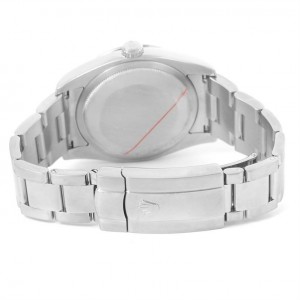
The Rolex coronet transcends its status as a mere logo, embodying the brand’s unwavering commitment to unparalleled craftsmanship and luxury since its inception. Its evolution over the years mirrors the technological strides and aesthetic shifts within Rolex and the broader watchmaking industry. For enthusiasts and collectors alike, discerning these subtle variations enriches the appreciation of each watch and offers profound insights into Rolex’s illustrious history. As Rolex continues to lead the vanguard of luxury watchmaking, the coronet remains an enduring emblem of unparalleled quality and prestige, revered across the globe.